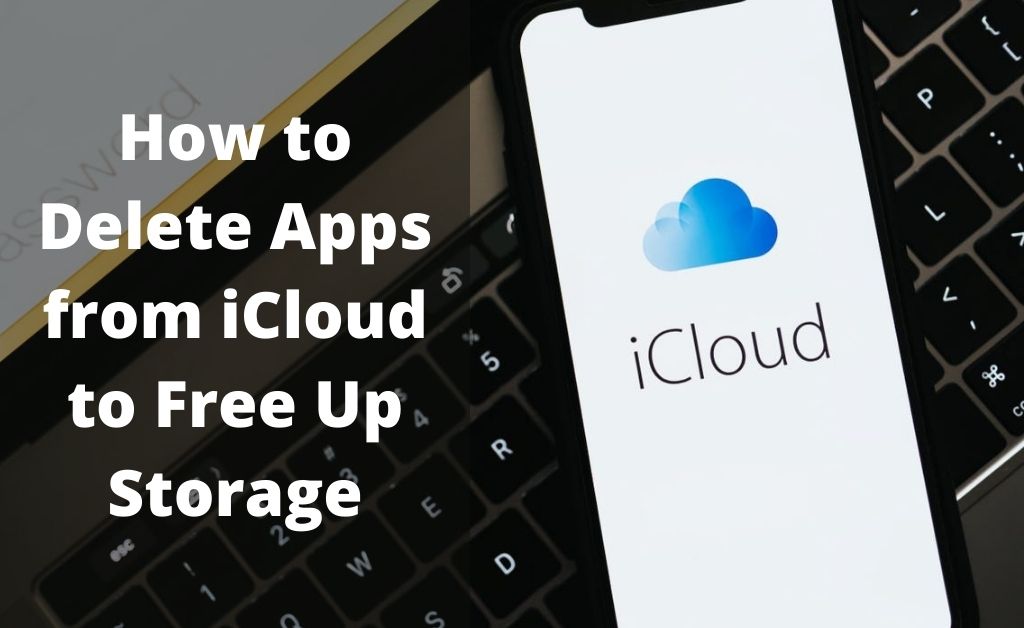
iCloud and Google Drive are the dedicated online storage facility that is pre-loaded on your mobile device. But, there are certain differences between iCloud and Google Drive. As all Android phones have expandable memory, there is no need to store the application data in Google Drive (but only if you prefer). Whereas, there are facilities to store the application data in iCloud.
After a certain period of time, iCloud might run out of storage. So, what will you do in such a situation? You need to delete app from Cloud. You must understand that before deleting any app, make sure that the app is not in the phone’s internal storage.
Delete App from iCloud Storage
You need to focus on the matter of iCloud. Let’s get along with the deletion of apps from iCloud from phone and PC as well.
On iPhone
Navigate to the Settings of the device and choose the option “iCloud”. You can see the name of the device owner. Below will be the “Storage” option. Tap on the “Storage” and you will find three choices: “Total Storage” denotes the entire capacity of the iCloud, “Available” denotes the remaining free space, and the last one is “Manage Storage”. Tap on “Manage Storage” and scroll down. You will see the applications that are installed on iCloud. Toggle off the App button of your choice. Right after that, when the notification appears “Turn Off and delete”, tap on Yes.
From PC
The Apple icon is present at the top upper left corner of your Mac PC or MacBook. This option is the way to initiate the “delete app from Cloud” process. After that, select “System Preferences”. If you are logged in with the Apple ID and Password, then it’s well and good. If two-factor authentication is enabled, you might receive an SMS on your phone. Place the OTP in the desired place and navigate to the iCloud. After opening the iCloud, select “Manage”. Now, hover over the column that is present on the left-hand side of the window, choose “Delete All Files”. This will remove the necessary applications along with its data from iCloud.
What about Google Drive and other Storage space?
As you already know that the application data is stored in Google Drive, Microsoft OneDrive, but if you have selected the setup files of several applications with other media as well, then the storage space will be running low. In such cases, you need to find another storage space or upgrade the storage. On the other hand, you can select and delete apps from the Cloud (setup file from Google Drive and others).
Let’s consider Google Drive and Microsoft OneDrive. The login process of these two well-known online storage devices is quite different. To access Google Drive, you have to create an account on Gmail. Only after that, you will get approximately 5 GB of storage space. It is upgradeable, and you can do it anytime.
Regarding Microsoft OneDrive, there is no mandatory rule that you need a Microsoft account. You can register with the help of your mobile phone number easily. But, you need to go through a verification process. After you submit your mobile number and create a password, Microsoft will send a code for verification. Apply the code, and you will be able to log in.
Is it Possible to Delete App from Cloud on Windows OS?
Yes, it is very much possible to delete the app data from iCloud on the Windows platform. Hopefully, you are having the latest version of the iCloud application installed on your computer. After opening the application, logging in with the Apple ID, the password is mandatory.
Now, navigate to the “Storage” option, and a list of applications will appear. These application data are present on iCloud. Select the desired app and click on “Delete Documents and Data”, this will remove all the app data.
Additional Information
As per the expert’s analysis, people get confused about choosing additional storage to keep their data safe and whether to choose external storage or cloud storage. Basically, cloud storage has an advantage over physical storage. Online storage is solely dependent on the internet. In order to access it, you just need an internet connection.
